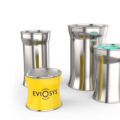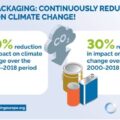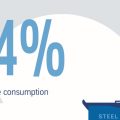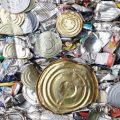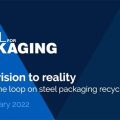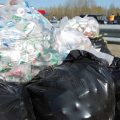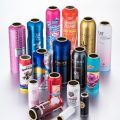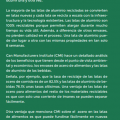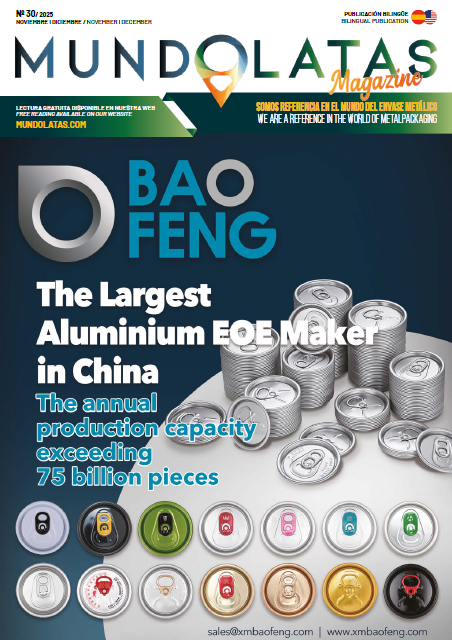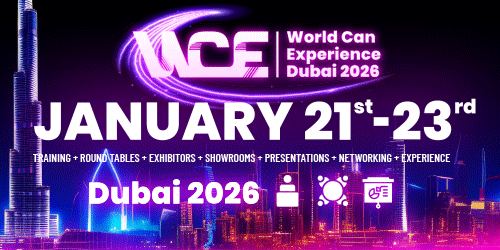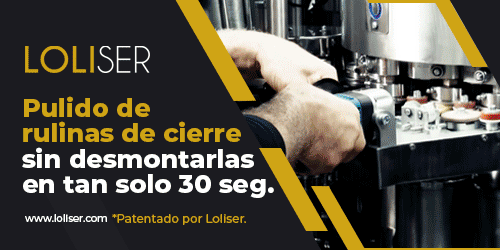Metal packaging, the leading type of packaging in the global circular economy, has shown a business momentum that has been largely focused on sustainability. Europe’s leading producer, Eviosys, has more than met its emissions targets for production and reduced it considerably at the European level by 5.6%, almost double its target.
Since cans and lids are infinitely recyclable and enjoy the highest recycling rates of all food packaging, addressing their carbon footprint is driving a new era in sustainability. An ESG report by Eviosys on environmental, social and governance factors reveals new efforts to reduce its emissions through ambitious plans to decarbonize by 20% by 2027 (compared to 2020), achieving Net Zero by 2050.
In its report, Eviosys proposes investing in thermal oxidation and compressor equipment, as well as more efficient chillers. Eviosys’ 44 engineering and manufacturing plants, strategically located in Europe and Africa, enable it to be close to its customers. This means reducing CO2 contributions from transport by avoiding millions of tons. Eviosys has also invested money in the regions where the consumers live, which provides employment and further strengthens local communities.
“Metal packaging offers real superiority in terms of infinite recyclability: it is one of the truly integrated packaging methods in the circular economy that can be endlessly recycled. We are proud of our rapid progress against our ambitious decarbonization targets. By reducing the carbon footprint of our products, we are empowering a real low-carbon circular economy for packaging,” Tomas Lopez, CEO of Eviosys.
Steel and aluminum are 100% recyclable and the most recycled packaging material worldwide. In Europe, about 84% of steel is recharged, followed by 76% of aluminum, and both can be recycled without losing their integrity. Therefore, an efficient circular loop is continuously reaping benefits for companies. However, PET containers and cartons have a recycling rate of only 48% and 41%, respectively. This figure indicates that they do not work well to remove them to the environment or clean up their hazardous risks for the latter.
To date, the metal packaging segment has grown by 8%, and is expected to grow by 4% between 2021 and 2026, favoring European consumers. Overweight or recycling concerns are obstacles to the adoption of more sustainable metal bottles; however, they are environmentally friendly and very economical.


